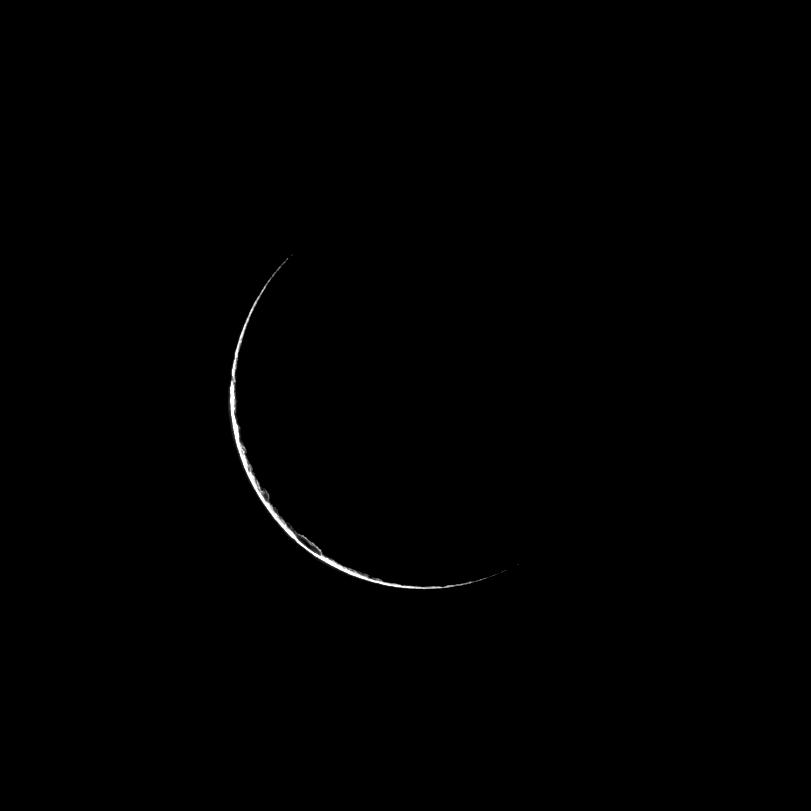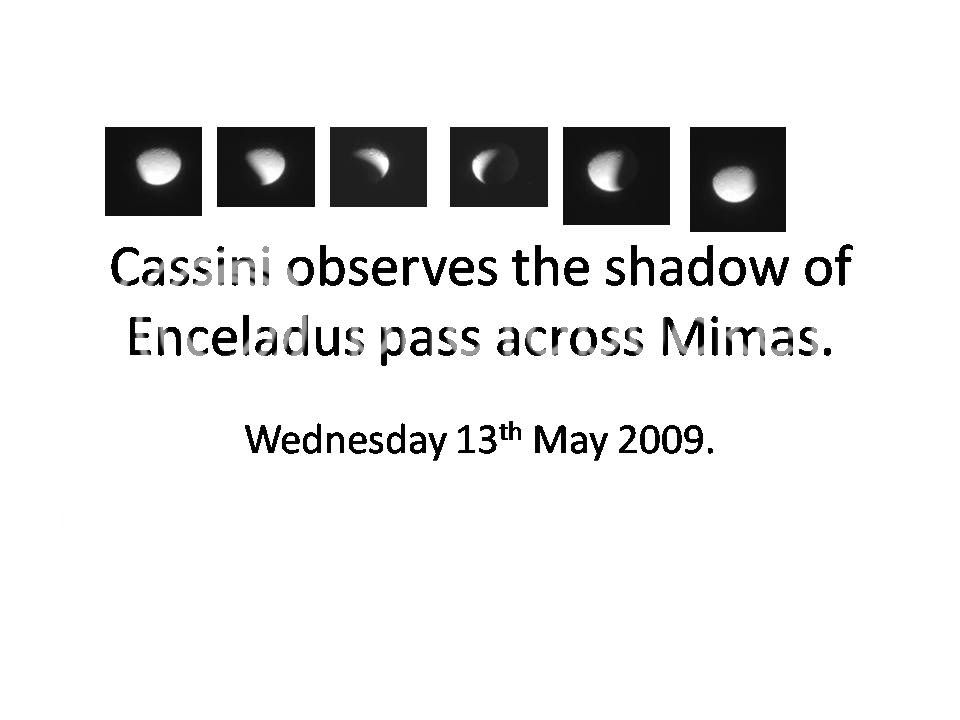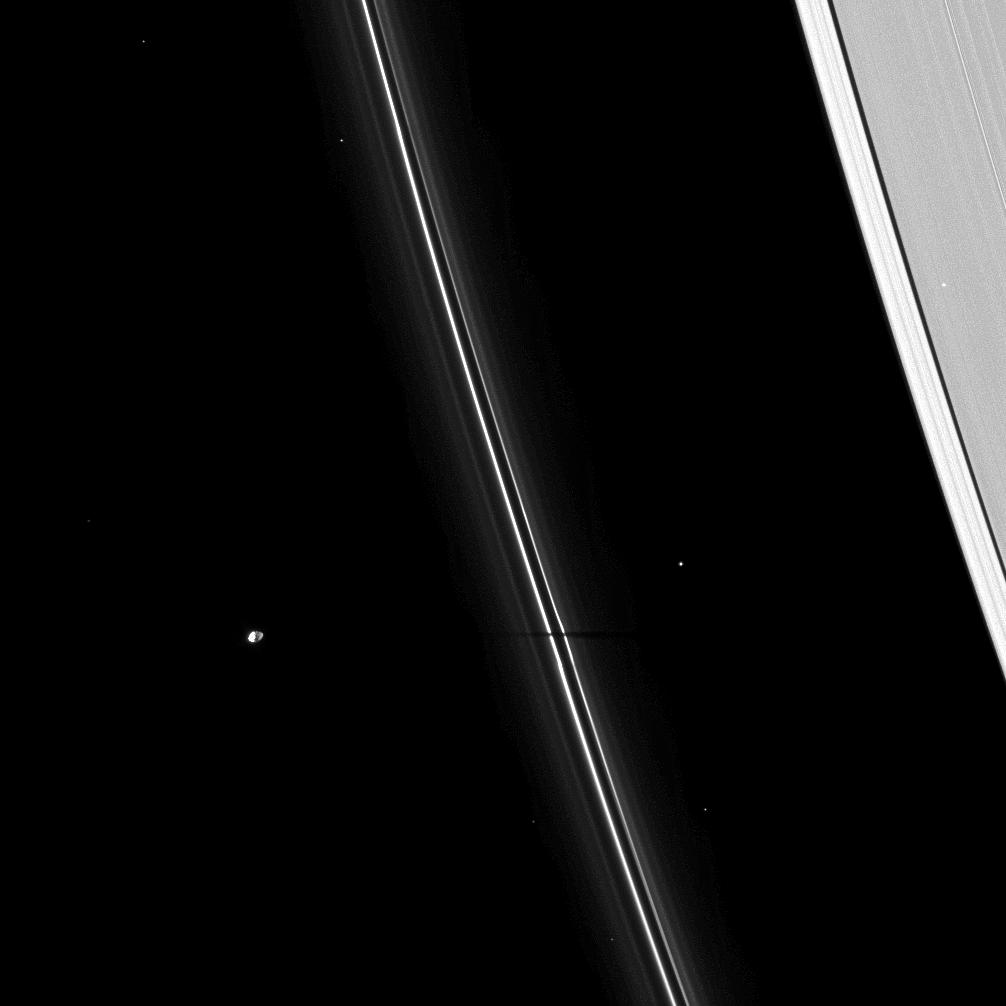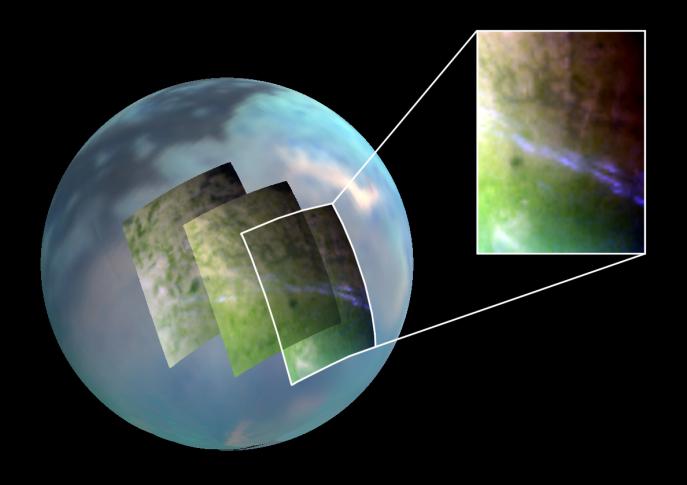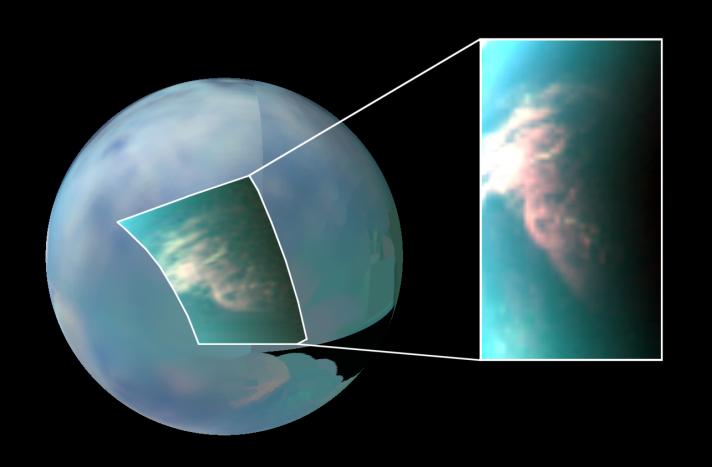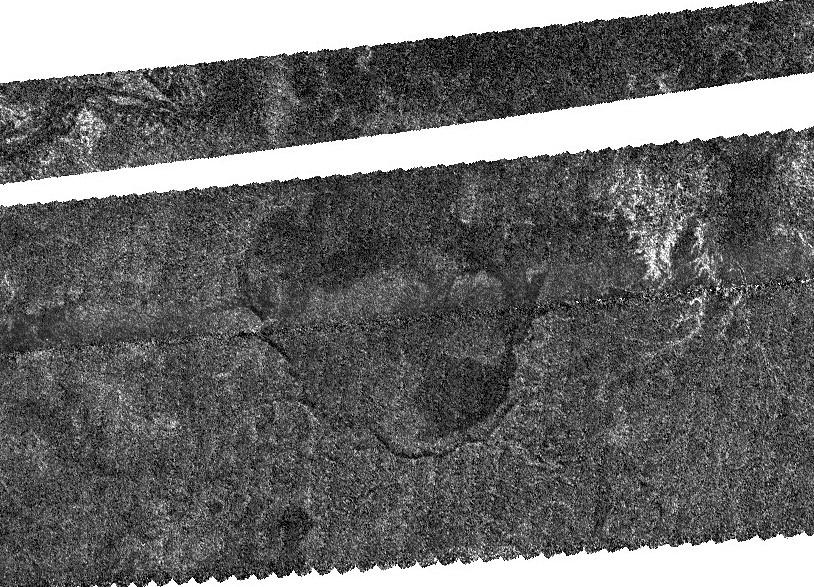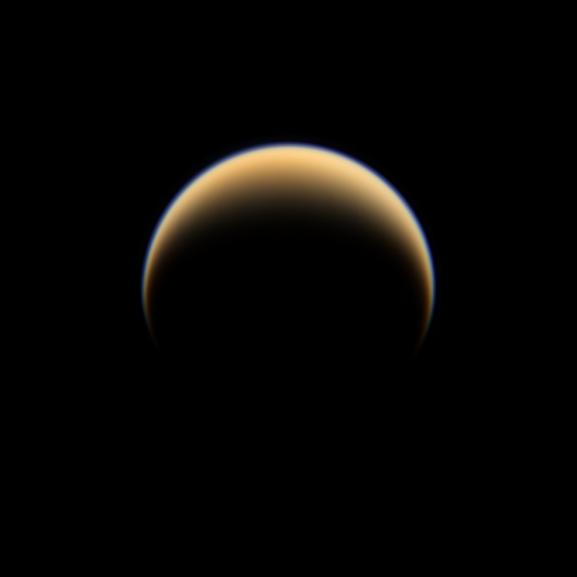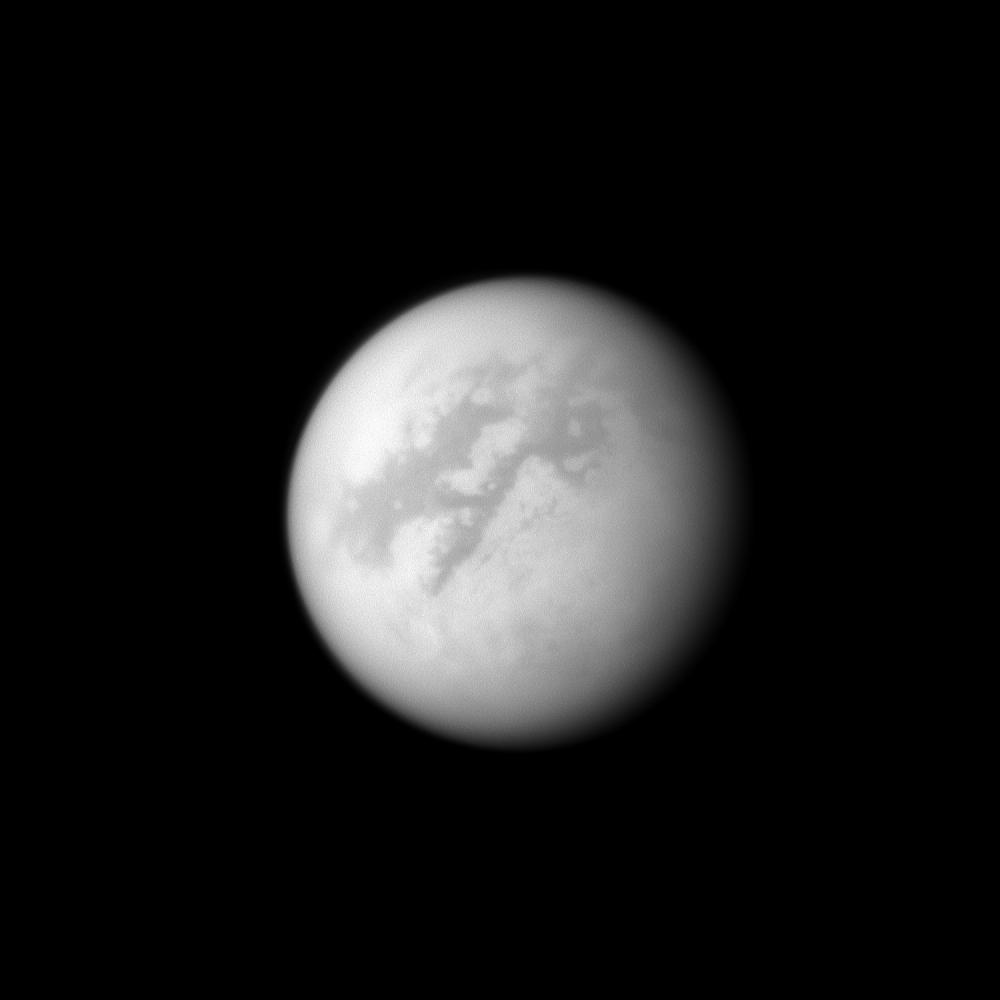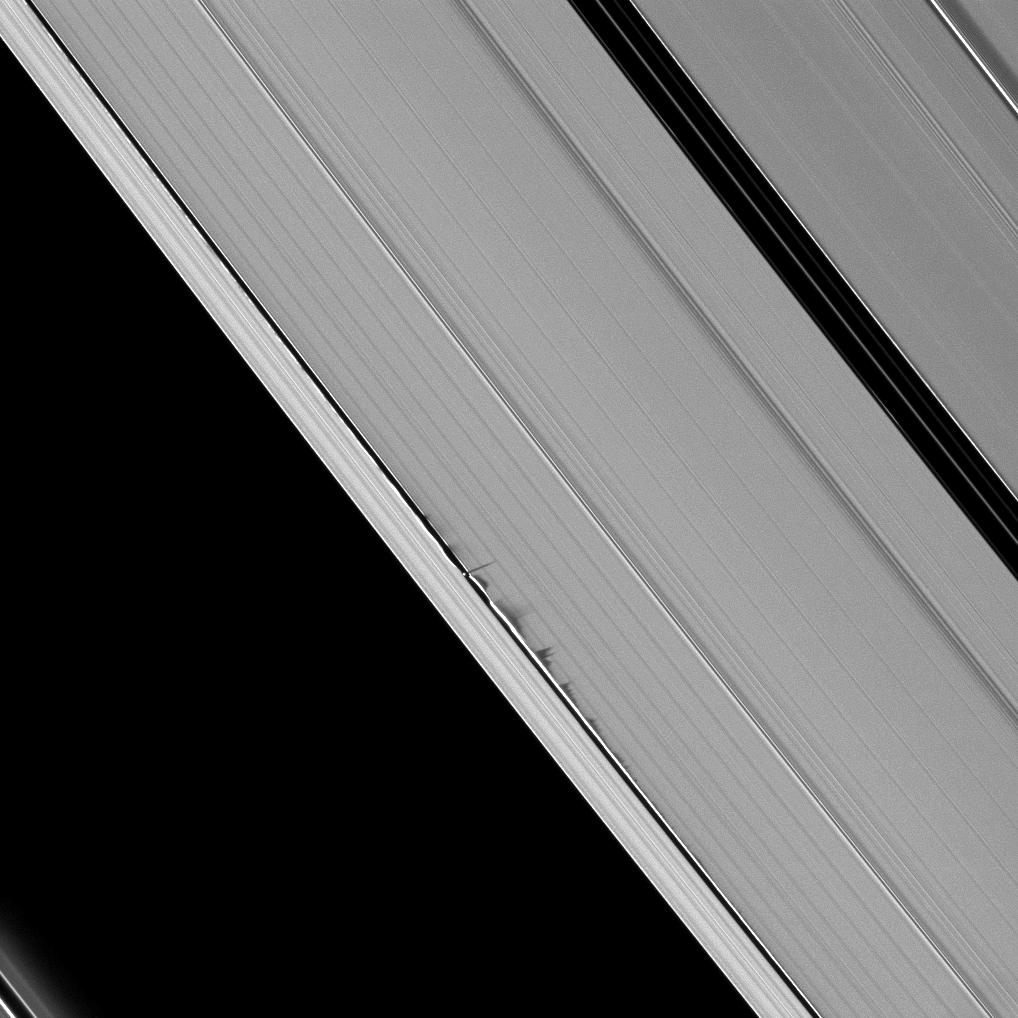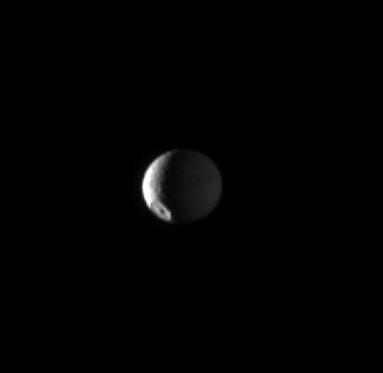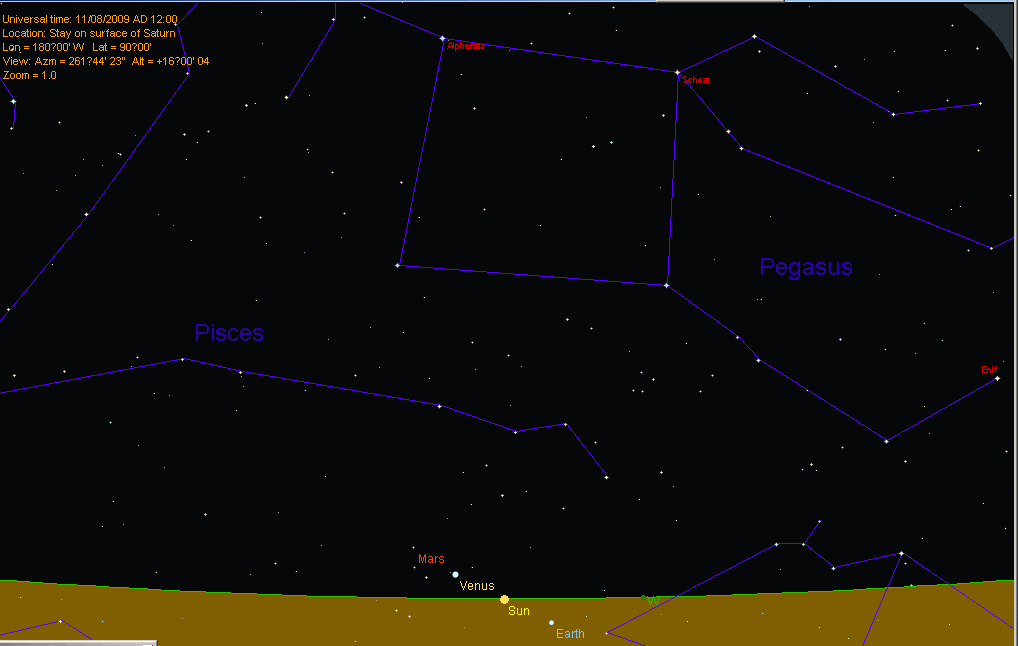M
MeteorWayne
Guest
Re: Cassini Equinox Mission (Cassini's two year extension).
Interesting read (as usual) from Emily Lakdawalla on TPS blog:
http://www.planetary.org/blog/article/00001909/
Moon Shadow, Moon Shadow...
It's Mimas' shadow on the rings. I'll try and post the image:

ANd upon closer inspection, the shadows of ring material!!
Interesting read (as usual) from Emily Lakdawalla on TPS blog:
http://www.planetary.org/blog/article/00001909/
Moon Shadow, Moon Shadow...
It's Mimas' shadow on the rings. I'll try and post the image:

ANd upon closer inspection, the shadows of ring material!!


